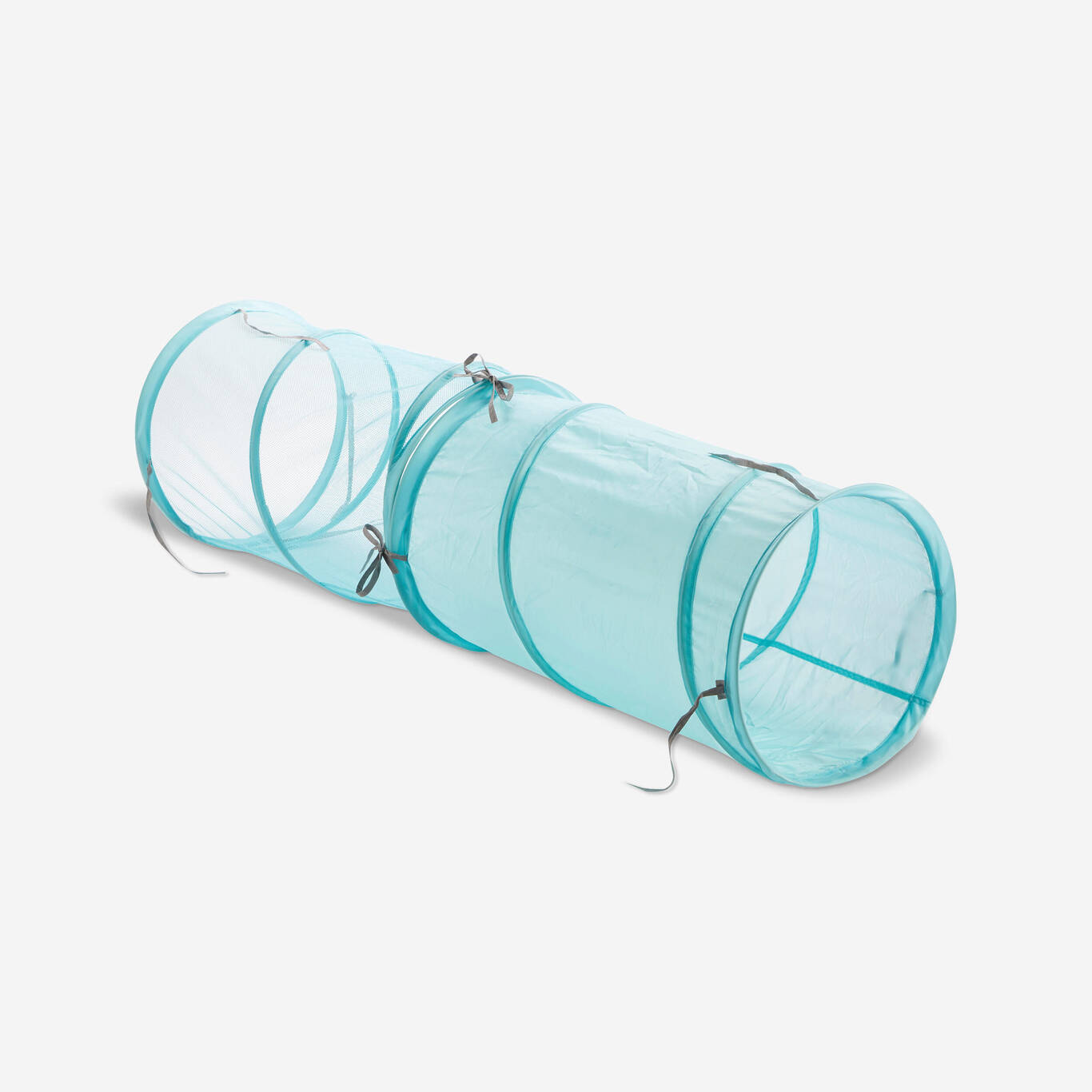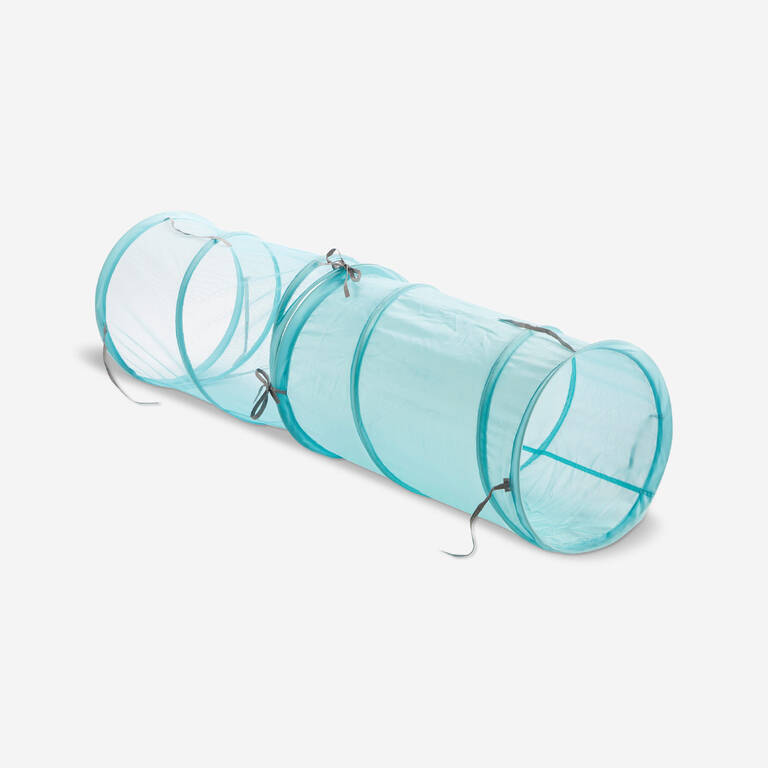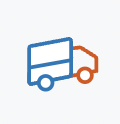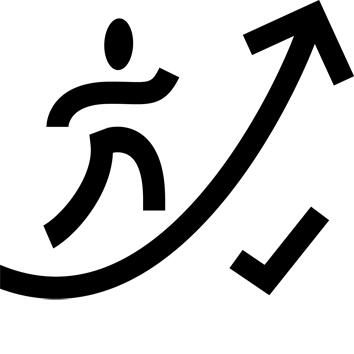Main stages of dynamic balance development
Before age 4, children must learn to move their body in a given direction, gradually moving forward with their feet side by side.
At age 4, children can walk with one foot in front of the other on a beam that is one and half times the size of their feet.
At age 6, children can walk heel to toe on a beam that is at least as wide as their feet.
Psychomotor development:
Kids' psychomotor development depends on a combination of genetics, motor skills and mental abilities.
A product can impact a child's psychomotor development if it supports their motor skills.
There are several aspects to motor skills: the body map, dynamic coordination, balance, hand-eye coordination, fine motor skills and time and spatial awareness.
Body map
The body map refers to a child's perception of their body, which allows them to master their movements and develop self awareness. It is developed based on sensations and actions ("a body that feels, moves"), before being represented and described ("bodily representation", drawing of a person). The more a child moves, the more they learn to refine their body map and the better they're able to move.
Hand-eye coordination
Hand-eye coordination includes actions required for aiming with part or all of your body: for young children, following a trajectory, then aiming first at large objects and targets, with the hands and feet, before moving on to smaller and smaller objects and targets as they learn to control their fingers: playing the piano, threading beads on a string, writing.
Time and spatial awareness
Time and space awareness includes everything that involves a child's perception of their self in time
(before/after, rhythmic activity, day/night, seasons, etc.) and space (in front/behind, on/under,
right/left, etc.)























